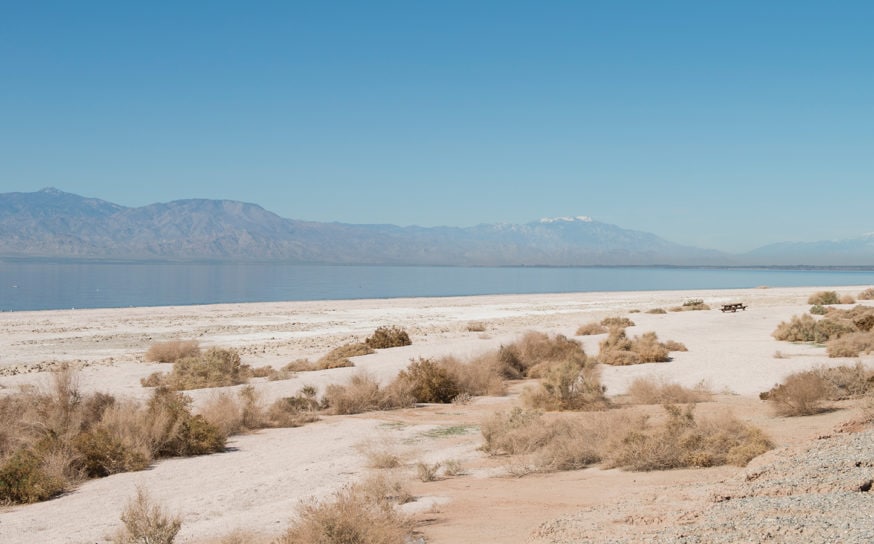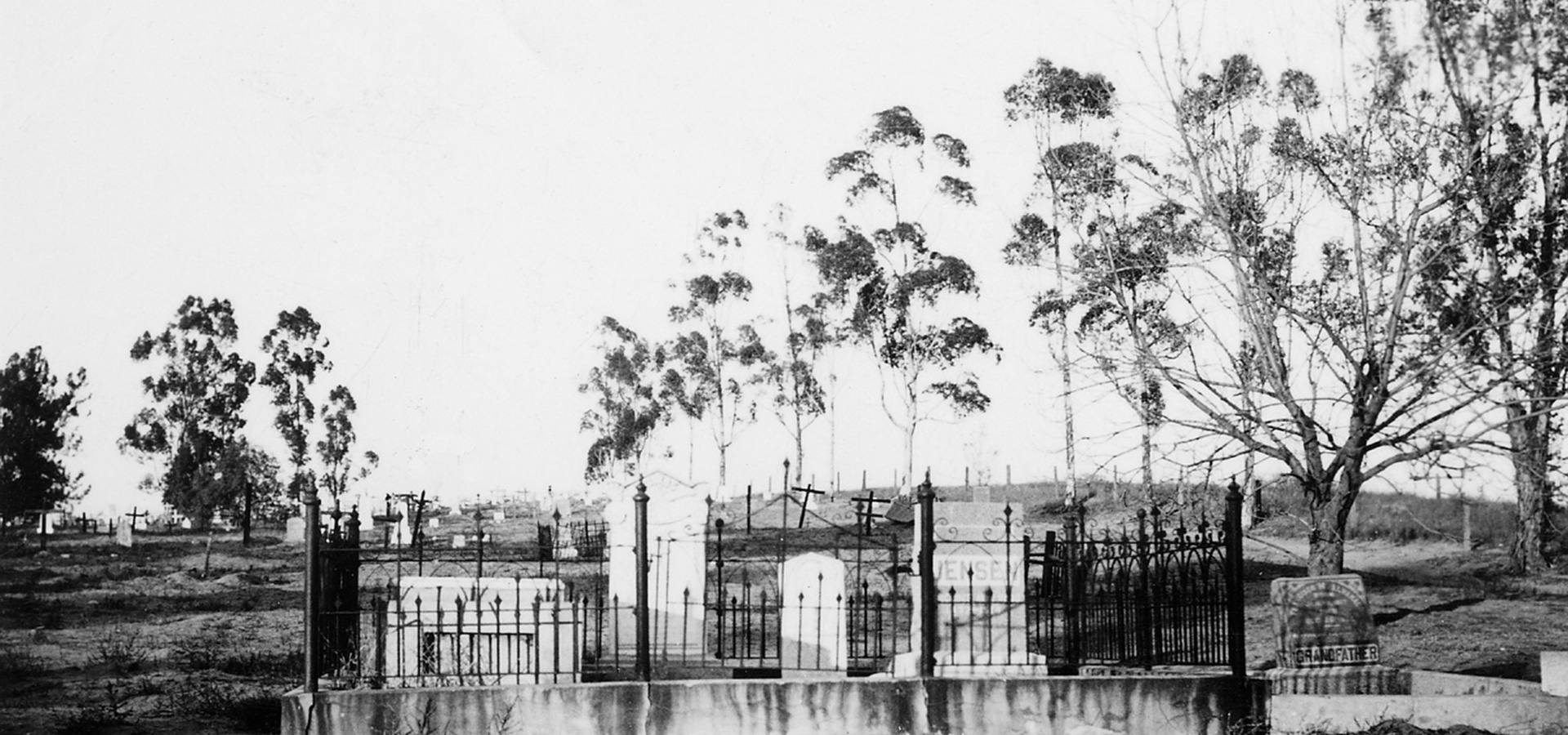
How a Great Flood Devastated Agua Mansa, Once the Largest Settlement in the West
Ironically, its name means “gentle water.”
-
CategoryExperiences
The former settlement of Agua Mansa was established in 1845 in Mexican Alta California, now part of San Bernardino County near Colton. Among the first non-native settlements in the area, it was also considered one of the largest between Sante Fe de Nuevo México and Pueblo de Los Àngeles. It also lied on the Santa Ana River, a proximity that would ultimately be its undoing.
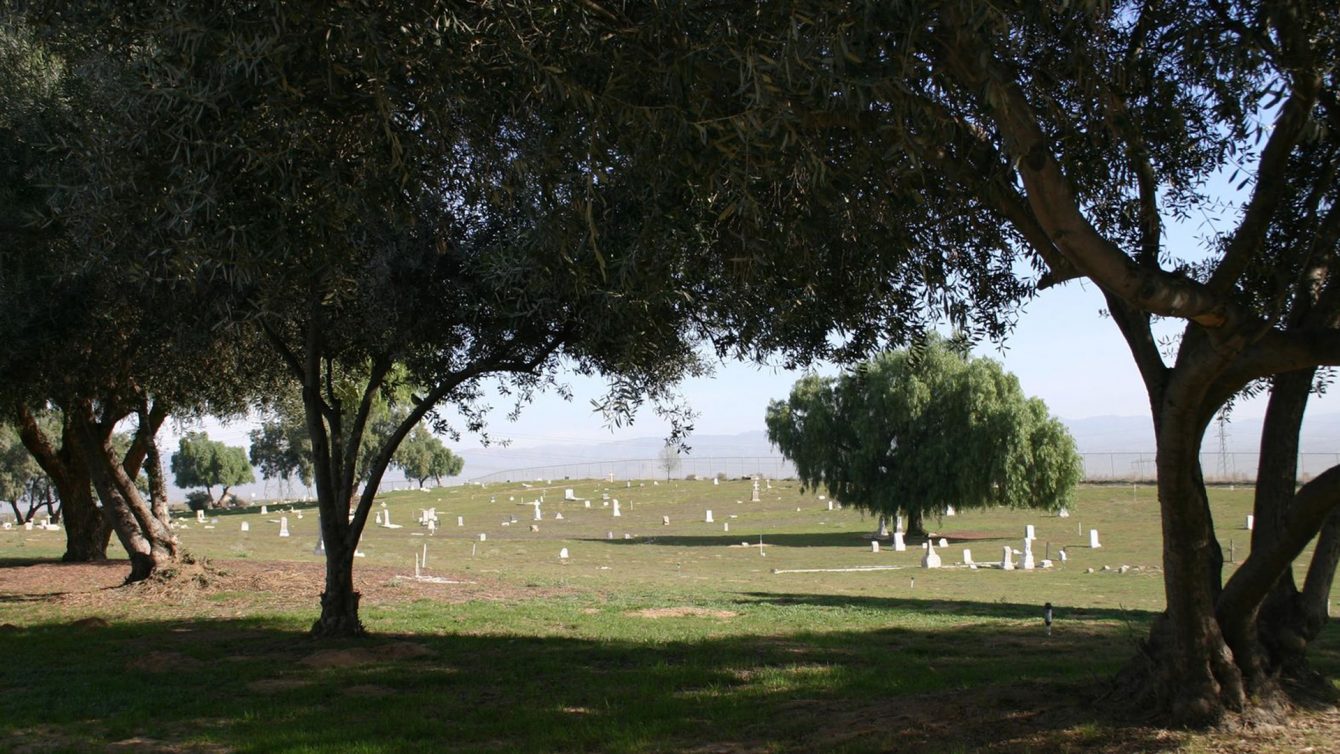
According to a story on Agua Mansa in LA Curbed, “the great storms of late 1861 and early 1862, which affected a whole swath of the American West. ‘The rain poured down in torrents,’ the Stockton Daily Argus reported on New Year’s Eve, 1861. ‘Instead of drops, it came down in lines, almost sufficient to drown a man standing in it with his hat off.’ Flooding was widespread—it was said that thousands of cattle across the West were lost, and that parts of the Mojave Desert were covered in murky brown water. Local historian Eliza P. Robbins Craft tells of when the storm finally descended upon the Agua Mansans:”
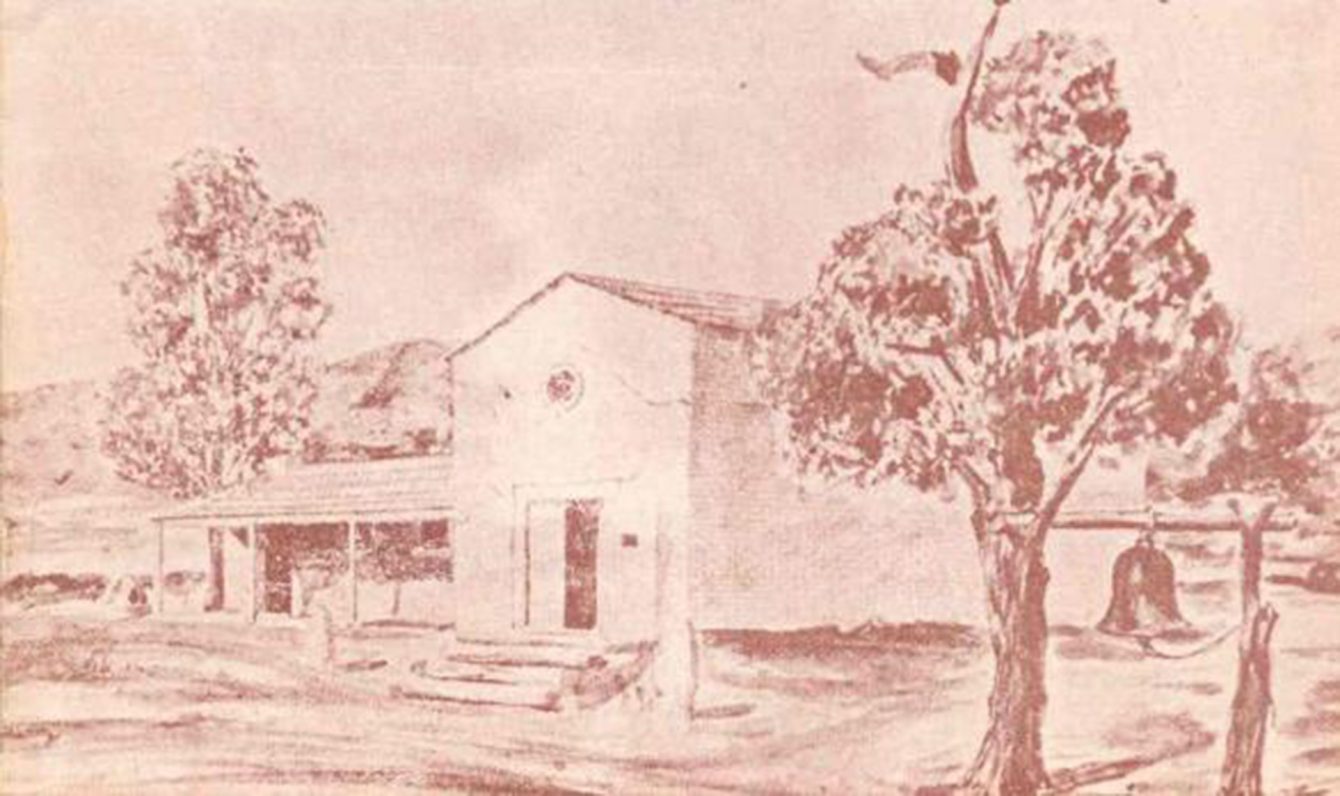
“The fall of 1861 was sunny and dry and warm until Christmas Day. The year of 1862 was a year to be remembered by the settlers of the San Bernardino Valley. It was the year of the great flood, which culminated on the night of January 22, 1862, and wrought great destruction and desolation. It rained continuously for fifteen days and nights. The gentle Santa Ana River became a raging torrent which, washing, swirling, and seething, swept everything from its path. The settlers awoke in alarm. The inhabitants of La Placita rushed to the Cerro de Harpero—the hill west of La Loma district; those of Agua Mansa took refuge in the little church that seemed to offer a place of safety.”
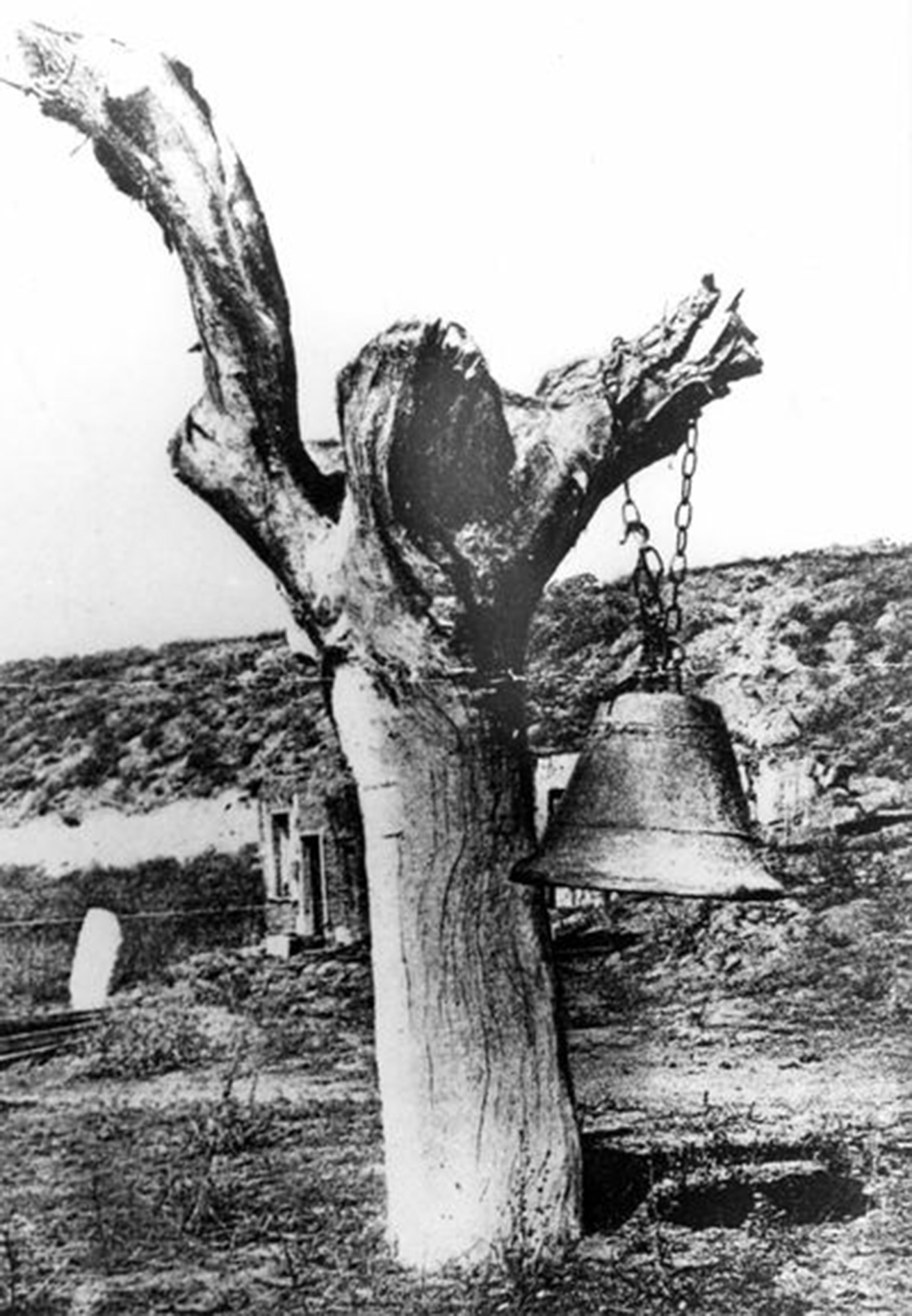
“Agua Mansa and La Placita were almost totally wiped out, the buildings and livestock swept away. Remarkably, it seems very few people died in the flood. But the devastation was complete, and it was heartbreaking. A local poet named Don Antonio Prieto reflected on the flood in a poem that read in part:”
El veinte y dos de Enero
Que desgracia tan atroz
Bajo una grande corriente,
Por la voluntad de dios.
The 22nd of January,
A disgraceful atrocity
Below a great current,
Because of God’s will.
Read more about Agua Mansa and its fascinating history here.
Photos courtesy of San Bernardino County Museum
Your Guide to Less-Traveled CA Wine Regions, and What to Drink When There
Raise a glass to these less-frequented wine appellations, from SLO to Mendocino.
Signs of Life Sprout Up Along the Salton Sea
The new oasis also provided some challenges.





